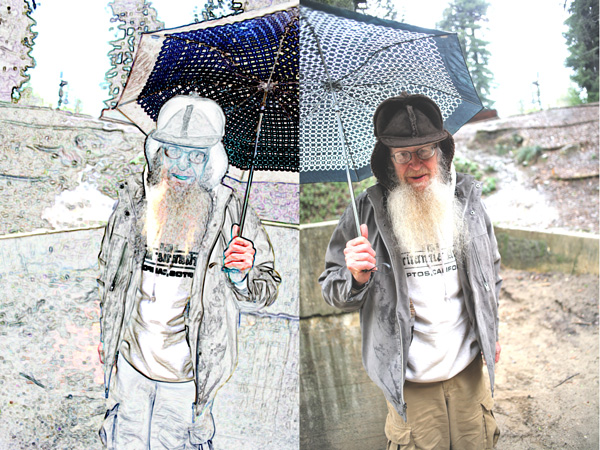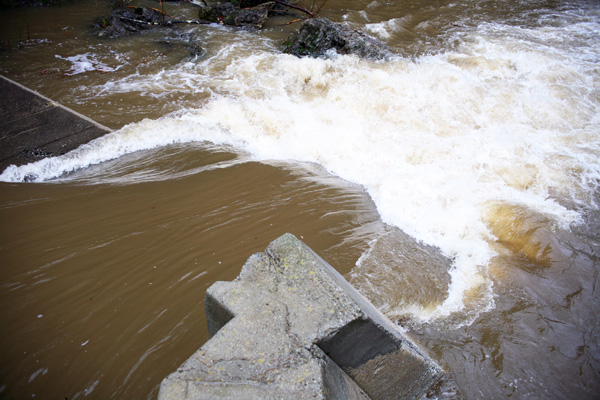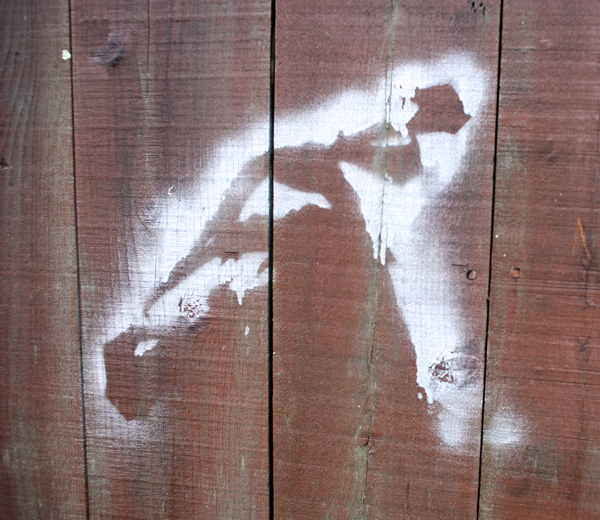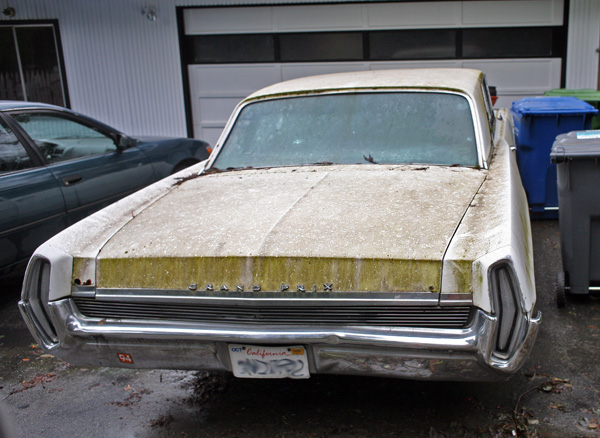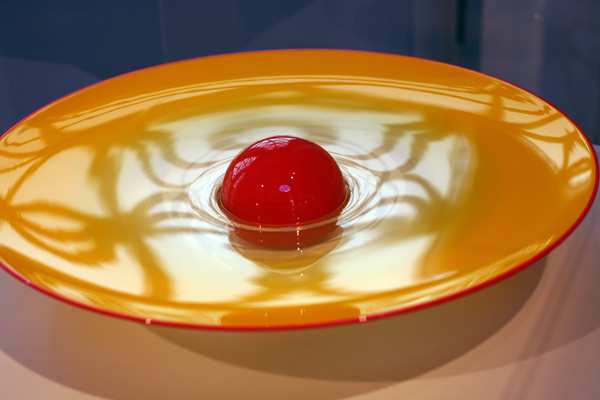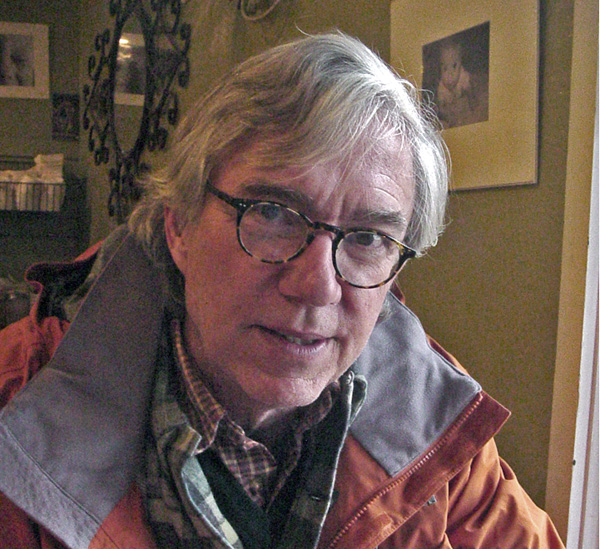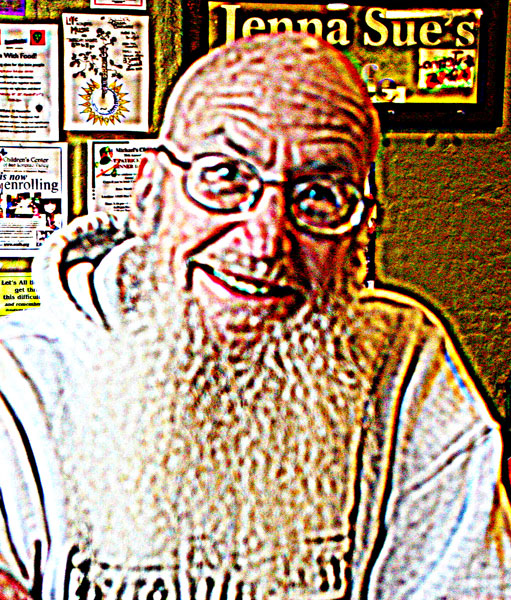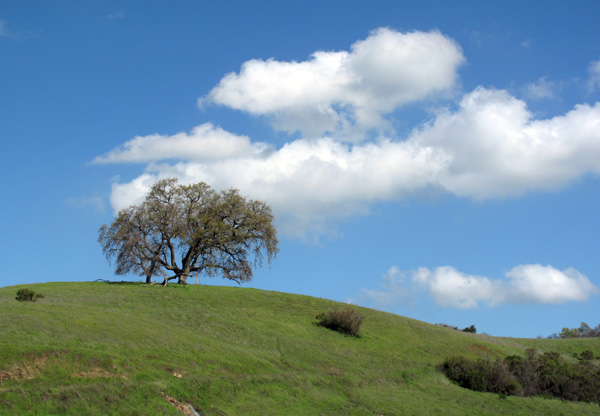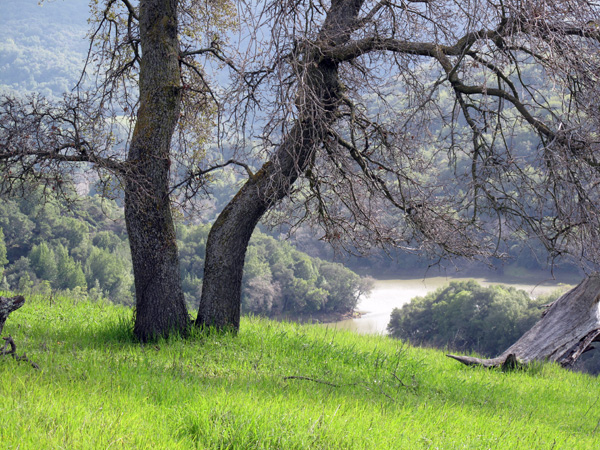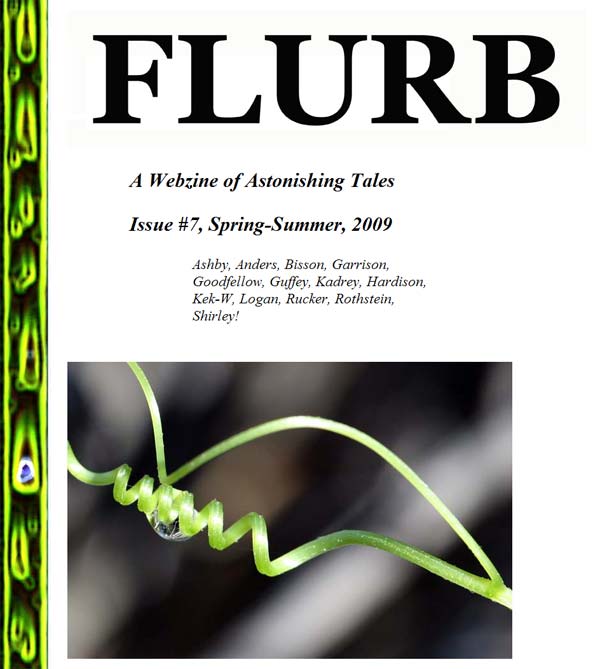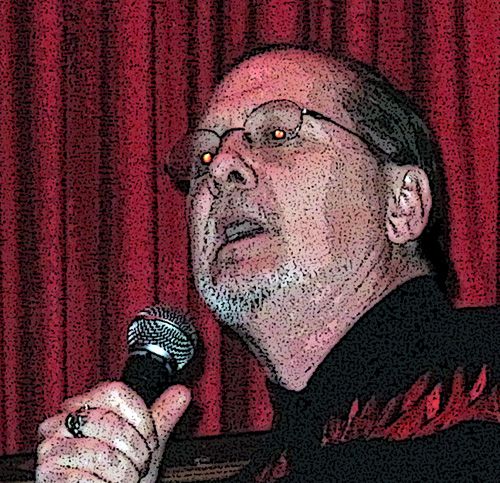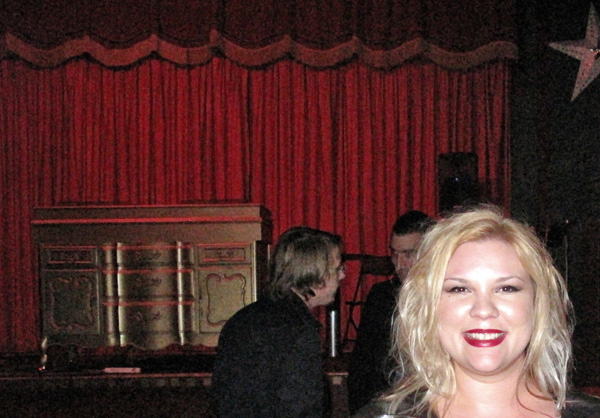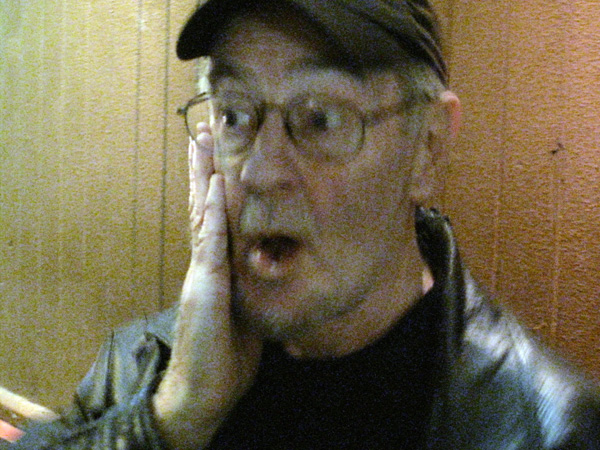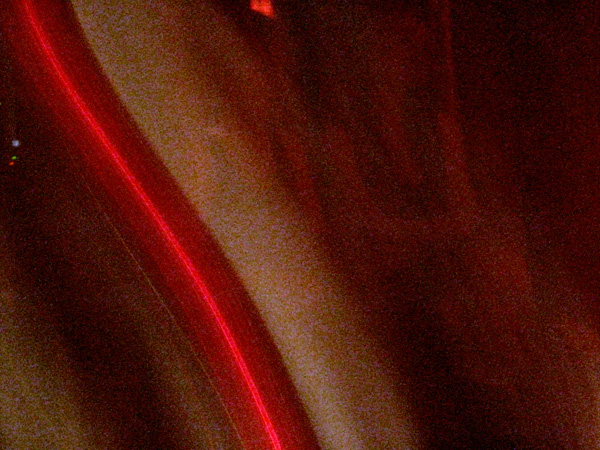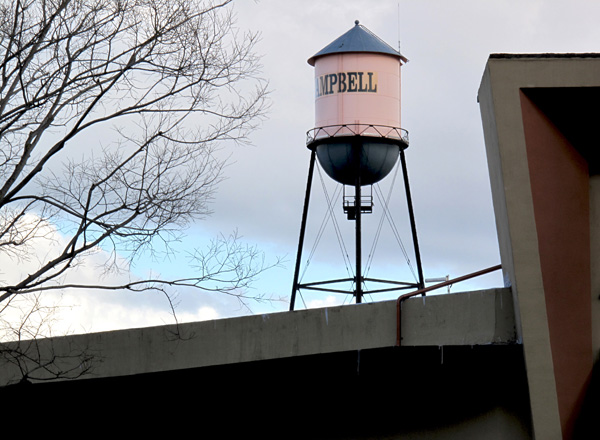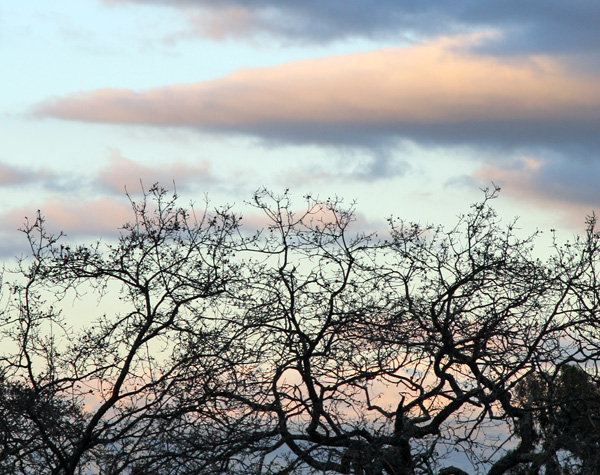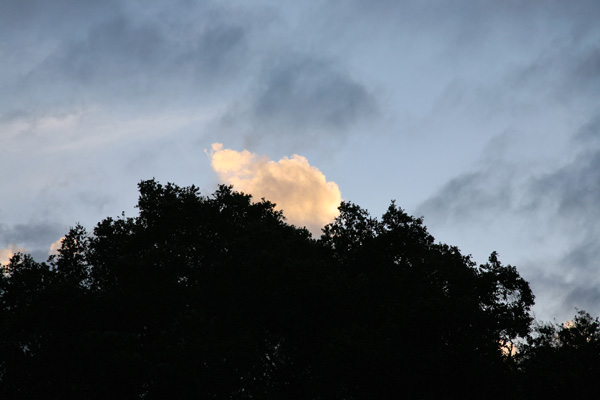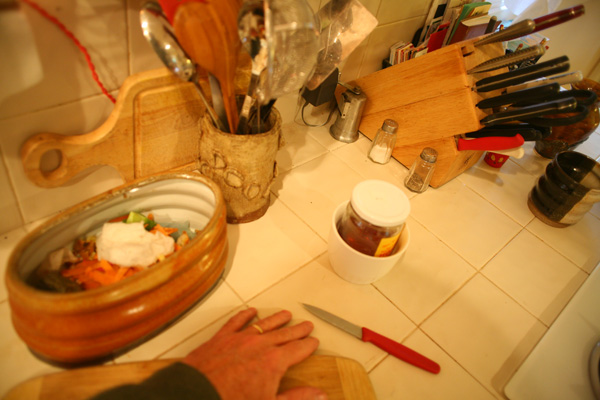I should mention that on Saturday night, Feb 27, I'll join the LitPunk reading at the MakeOut room in the Mission in SF, in a show running 7:30-9:30...I'll only be reading for about five minutes, but the whole lineup looks good. LitPunk info link.
***
I would like to have some very different kind of technology in this alternate world Flimsy that I’m writing about, or something that’s not even like technology at all. Various kinds of—empowerment. In other words, the flims (that is, the residents of Flimsy) are empowered by something other than the kinds of machines that we have, or they’re using machines in a different kind of way.
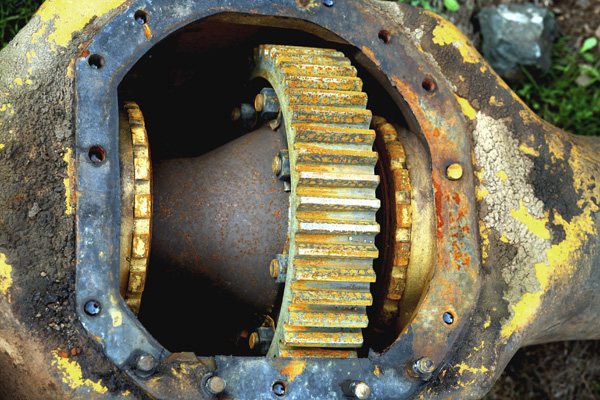
Making this fresh is a demanding problem, as I’ve written about alternately-empowered worlds before, and I don’t want to repeat myself. I’ll list a series of empowerments that I’ve used: junkpile, biotech, nanomachines, transmutation, vaaring, matter holograms, and psi powers. And then I’ll talk about a new approach that I’ll call zickzack, or hyperdimensional origami
A constraint is that I want to keep the jivas on the scene, which are things like flying jellyfish, possibly alien beings, possible spirits, whatever works. And I’d like to keep the vibe of the flims as being like sprites, elves and goblins, even if they have to be, like, DMT elves living in an intense urban fantasy.
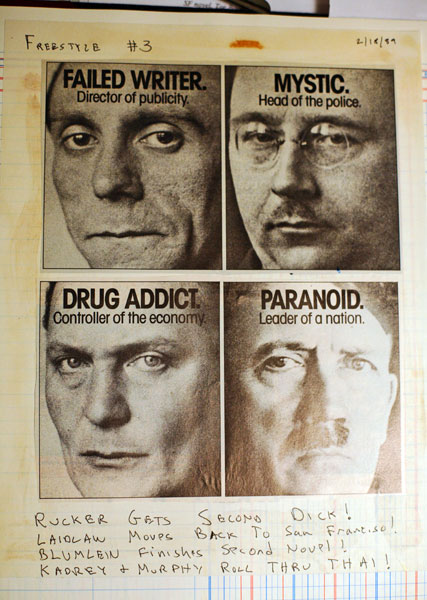
[Unused cover design for Freestyle zine #3, 1989.]
Junkpile. A old-school SF future scenario posits a kind of ultimate New Jersey, crowded with tech junk, but without any truly paradigm-shattering changes. I think of Max Headroom, cyberpunk, Bladerunner, like that. I kind of had this approach in my first novel Spacetime Donuts, and in Software.
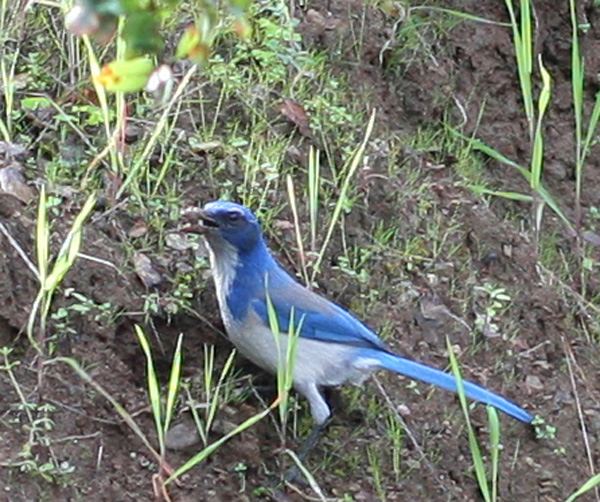
Biotech. On the Earth of 3003 in Frek and the Elixir, people use biotech instead of machines. They have, like, house trees and knife plants and transporter beetles—every little object you’d want is grown by some kind of plant and any task can be done by a specialized animal. And I briefly mentioned this scenario in Saucer Wisdom as well. I first read about the notion in some forgotten SF novel or story when I was in high school—I specifically remember reading about a seed for a house, and plant that grew knives.
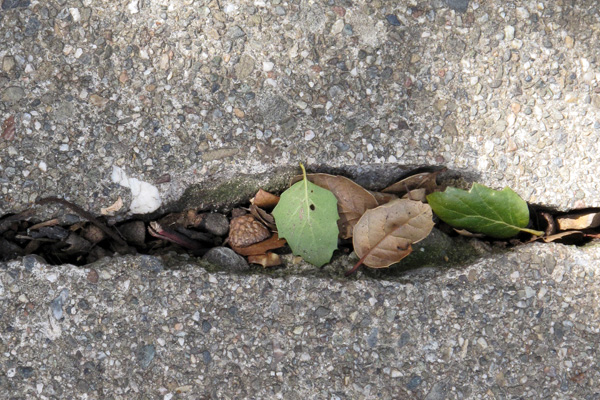
Nanomachines. We can imagine docile nanomachines that build whatever we want, like the “utility fog” sometimes discussed, or like smart sand. I did something in Frek and the Elixira little like this, with tiny living polyps building a house like a reef—but here we’re talking about molecular-sized machines. I did have nanomachines in Postsingular—first the nants, and then the orphids—although in those books the nanomachines weren’t actually building stuff. And I don’t really want to have these nant-like things in Flimsy because then right away we have to worry about them coming over and eating our world, which is a problem I already used for a plot in Postsingular.
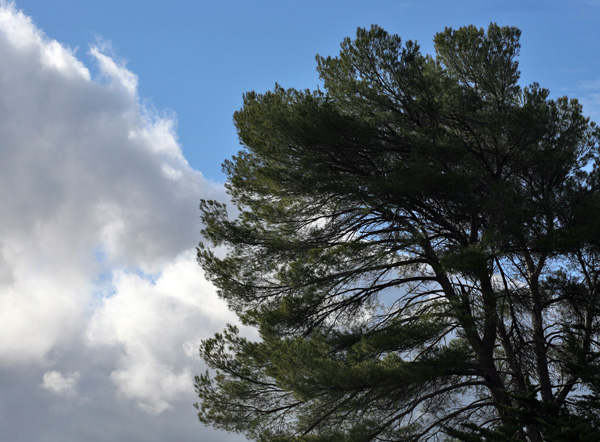
Transmutation. This variation of direct matter control appears in Realware, , and was sketched in Saucer Wisdom as well. Here people have devices called allas which can create any object they want by transmuting input atoms into the desired output atoms (using quark-flipping), and by then arranging the atoms into the target object. It’s like programming matter.
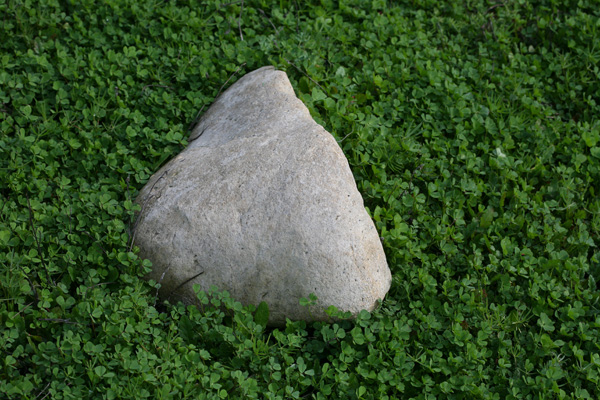
Vaaring. In Frek and the Elixir, they travel to a planet called Unipusk, where some of the locals are “kenny-crafters” who can “vaar.” Vaaring is like transmutation, but more far-fetched. Vaar is used in two related senses. The first type of vaaring is the process of turning invisible dark matter (kenner) into a visible substance. The second type of vaaring is the process of forming the kenner-derived matter into some specific shape or device—these objects are called kennies. Functionally, vaaring is pretty much like using a magic wand, as is transmutation.
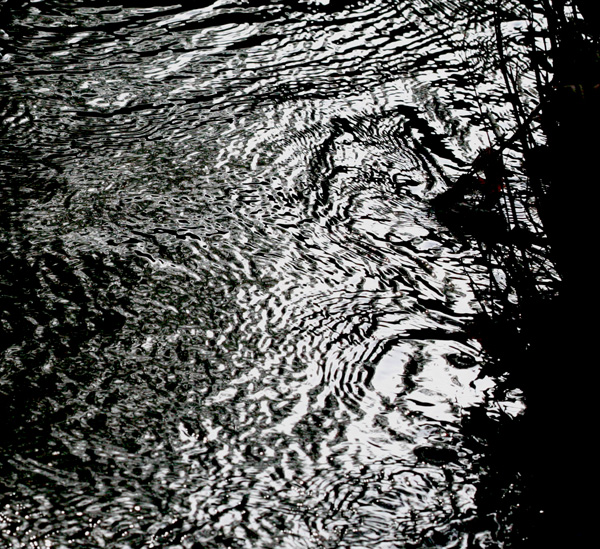
Matter holograms. In Hylozoic, the Peng alter the quantum computations of matter so that the atoms send out matter waves that interact to form objects called tulpas. To some extent you could do without tech if you could make tulpas at will—it’s a bit like transmutation or vaaring, although the resulting tulpas don’t have the stability of a kenny or an alla-made object.
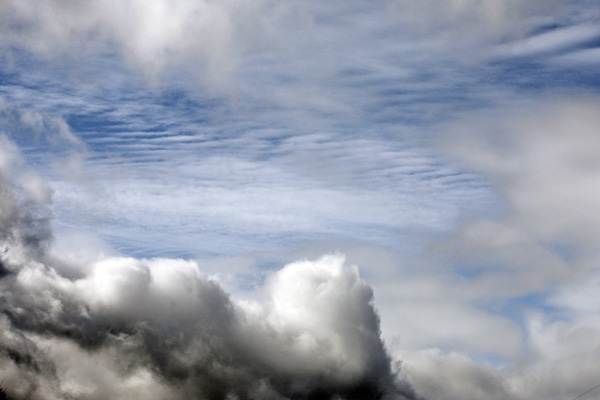
Psi powers. The humans in Hylozoic use teleportation to get around, telepathy to communicate, and they assemble some things by teleporting objects. They can also teep into objects (which have rudimentary minds) and encourage the objects to behave in certain ways. This cuts down on their need for tech devices.
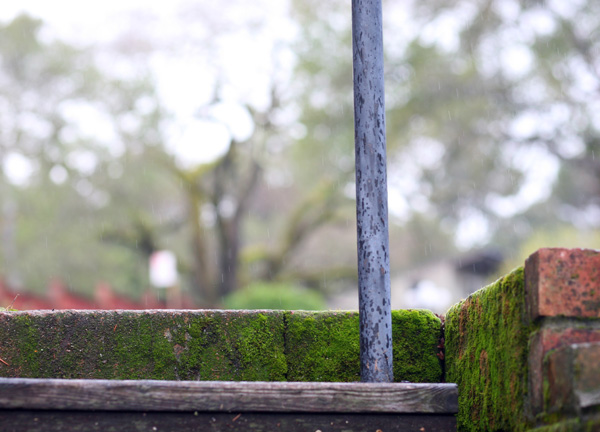
Hyperdimensional Origami. Suppose that the jivas use a type of dimensional mastery to make things for the flims. In a buzzword sense, I explain the gimmick as hyperdimensional origami. Regions of space fold and alter to become tunnels, houses, whatever. It’s not psi, it’s not nanotech, it’s not matter holograms, it’s not vaaring or transmutation—but it’s almost as good as having any of those. I still need to work out a few details though!
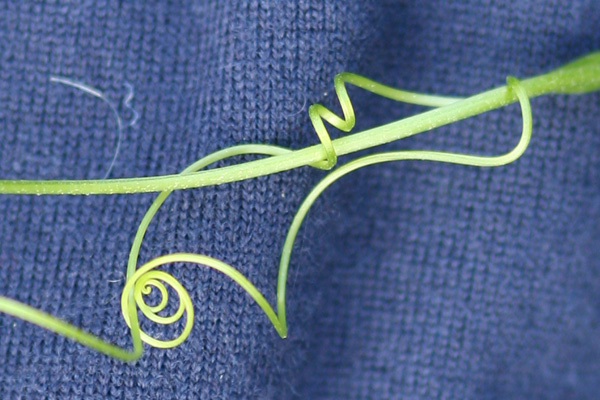
Okay, so I want to start thinking about “hyperdimensional origami,” but I need a shorter name for this empowerment.
Flip, twist, twizzle, tweak, zickzack…I like zickzack. Like an onomatopoeic sound indicating something changing very fast, like in a fairy tale. I see zickzack as a verb, adjective, or as different kinds of noun.
“The jiva zickzacked the space beside my feet, creating a shimmery flight of stairs.” “I entered a zickzack door.” “What’s this I’m wearing? It’s a zickzack.” “The jivas have the power of zickzack.”
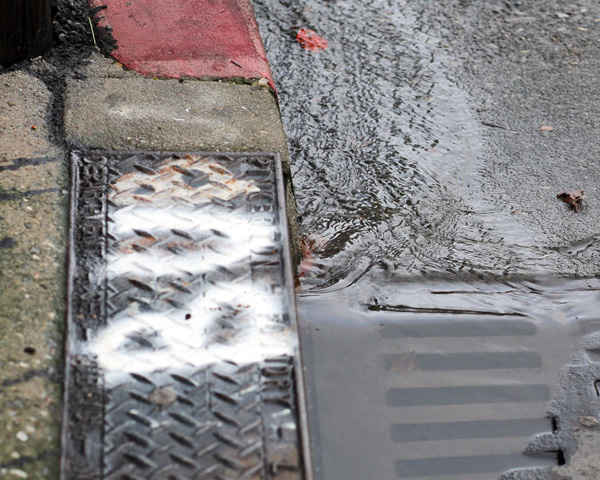
And, yeah, the jivas do the zickzacking. This in the SF tradition of giving people access to some incomprehensible alien devices owned by alien allies—or alien masters. Normal human tech has withered away in Flimsy, or maybe it never even emerged, if we suppose that the jivas have been around for a really long time.
